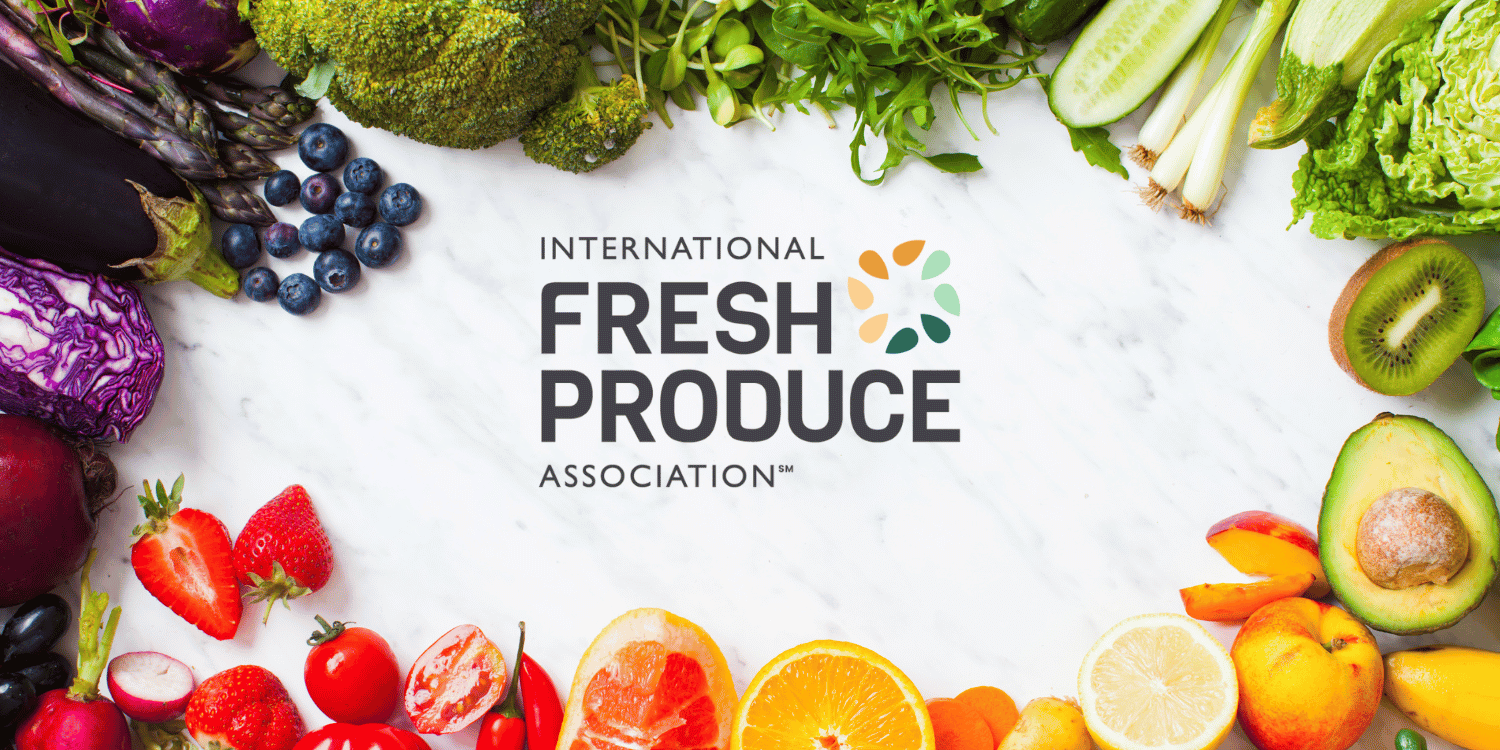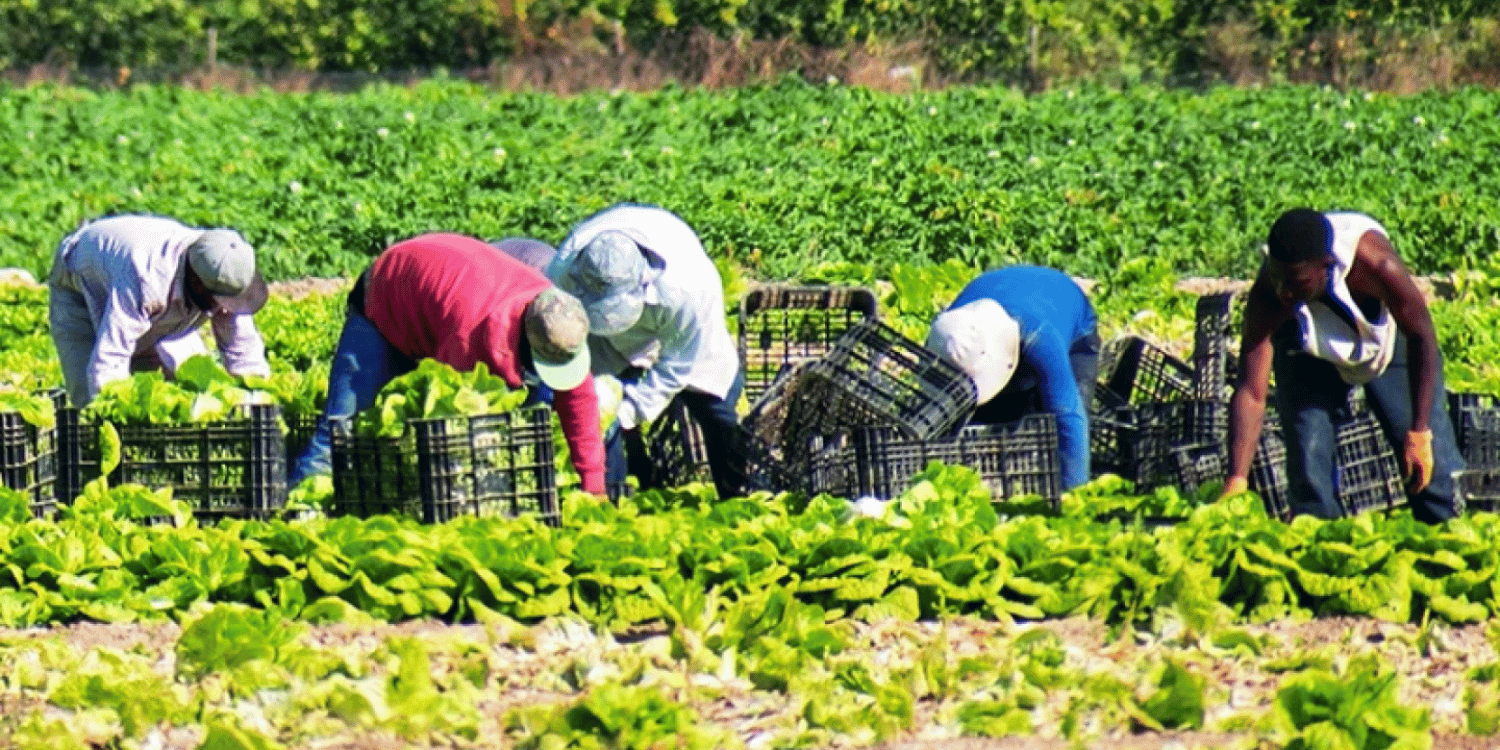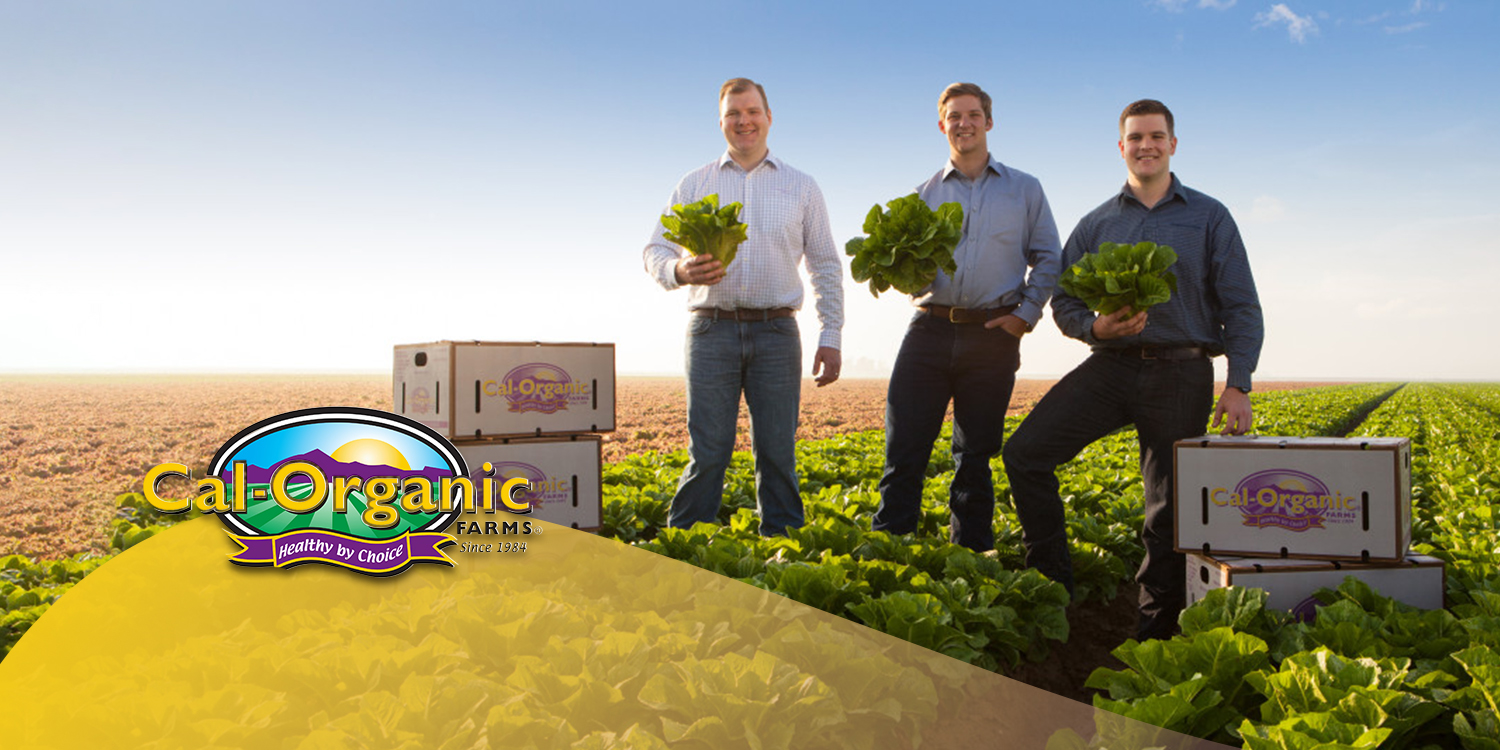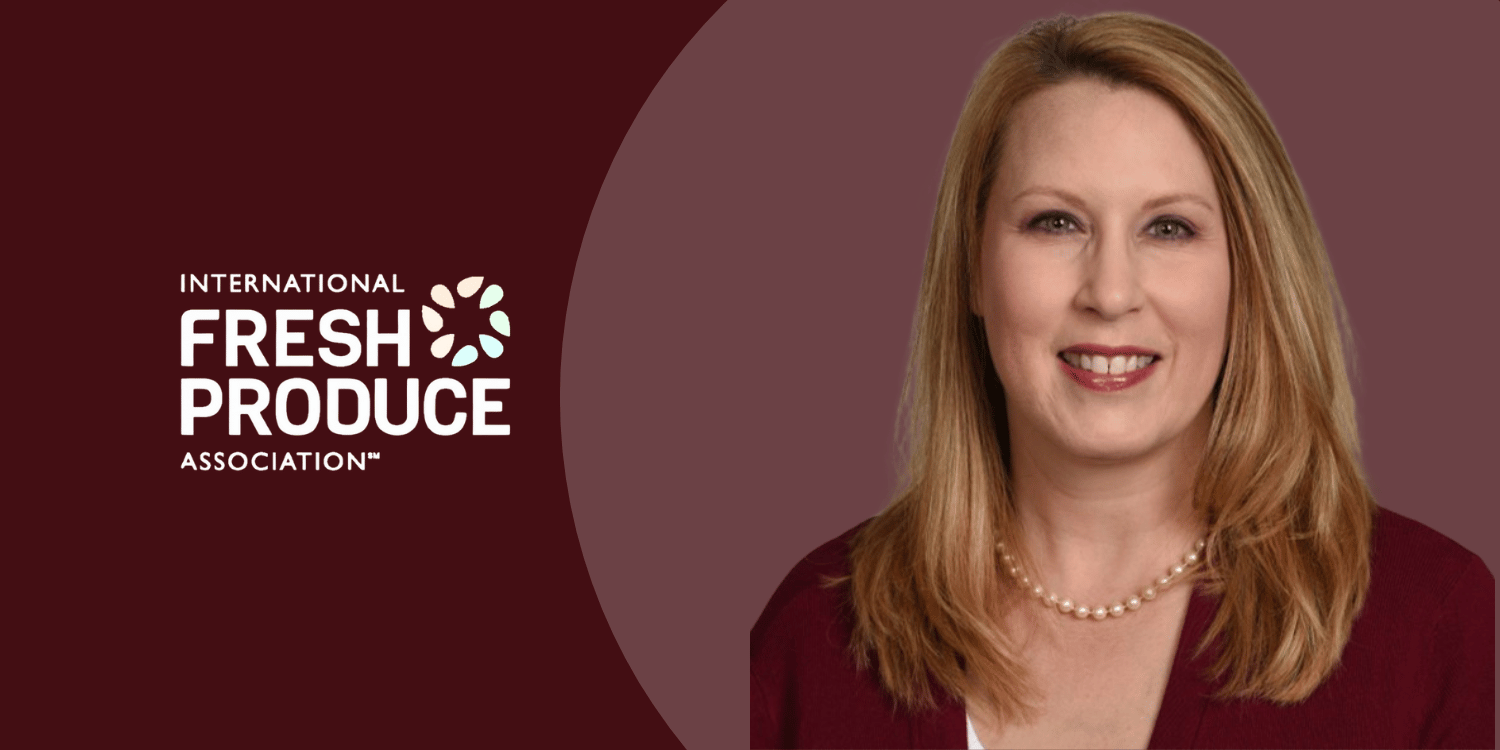The prevalence of foodborne diseases has prompted stringent safety regulations in the global produce industry.
Understanding these regulations is critical for anyone involved in the food supply chain, from farmers to retailers.
This article focuses on the key international directives that govern produce safety standards.
In addition, we will dig in into the repercussions of non-compliance.
Agreeing to these standards not only ensures customer safety but also cultivates trust in your brand.
Indeed, navigating the complexities of these regulations can be challenging, but with the right knowledge, it becomes a manageable task.
- Understanding certifications can affect perceptions of produce retail industry.
- Potential changes in consumer-producer chain dynamics through these certifications.
- Certifications shape food safety standards within the industry.
- A noteworthy correlation between certifications and sustainability efforts exists.
- Various international food safety regulations impact global produce safety.
In the following sections, we will continue to unpack a range of important topics related to the main theme. You will find insights that highlight the importance of staying updated about the changing global food safety regulations and their effect on produce safety.
This will also include the in-depth exploration of the interplay between certifications, sustainability efforts, and food safety in the retail industry. We will discuss this in comprehensible, relatable terms to elucidate these complex ideas for you.
Stay tuned because this comprehensive coverage will empower you with valuable knowledge that can be instrumental in navigating the intricacies of the produce retail industry. Every piece of information is tailored to enhance your understanding and make it relevant to you in practical terms.
Contents
- Global Produce Safety Regulations To Know
- 1. EU General Food Law Regulation
- 2. U.S. Food Safety Modernization Act (FSMA)
- 3. Canada’s Safe Food for Canadians Act
- 4. Australia New Zealand Food Standards Code
- 5. China’s Food Safety Law (FSL)
- 6. Japan’s Food Sanitation Act
- 7. Russian Federation Technical Regulation on Food Safety
- 8. EU Pesticides in Food Regulation
- 9. South Africa Foodstuffs, Cosmetics and Disinfectants Act
- 10. India’s Food Safety and Standards Act
- The Bottom Line
Global Produce Safety Regulations To Know
1. EU General Food Law Regulation
In Short: The EU General Food Law Regulation, established in 2002, is a comprehensive framework governing food safety, requiring traceability of all food, adherence to precautionary measures, risk analysis, and accurate presentation of food products, within the European Union. All stakeholders in the food industry, from farmers to retailers, are obligated to ensure safety, uphold consumer interests, and maintain transparency under the regulation.
The EU General Food Law Regulation is an overarching framework that governs food safety within the European Union.
Established in the year 2002, this regulation primarily aims at ensuring a high level of protection of human life and health, and consumers’ interests in relation to food, considering the diversity of national diets.
It sets down the general principles and requirements of food law, establishes the European Food Safety Authority, and lays down procedures in matters of food safety.
The intricacies contained within the law make it an essential piece of legislation for stakeholders in the food industry to be familiar with.
To better understand the EU General Food Law Regulation, here’s a quick list of its key components:
- Traceability: It requires that all food, feed, and ingredients used in their production can be tracked through all stages of production, processing, and distribution.
- Precautionary Principle: It permits decision-makers to adopt precautionary measures when scientific evidence about an identified risk to human health, animal health or the environment is insufficient, inconclusive, or uncertain.
- Risk Analysis: It mandates the use of risk analysis in decision making, ensuring measures are based on best available science while considering risk perceptions in society.
However, this regulation is not just about risk management and product traceability.
It also sets out specific requirements regarding the presentation and advertising of foodstuffs to prevent any false representation to the consumers.
This includes labeling, which must be clear, easily readable, and provide consumers with necessary details such as ingredients, allergens, nutritional values, and more.
Furthermore, it also emphasizes the role of the food business operators.
Under the General Food Law, all food business operators, from farmers to retailers, are responsible for ensuring their business complies with food law and that the food they produce or sell is safe to eat.
With a broad reach and comprehensive legal power, this EU regulation has established a strong framework to ensure food safety and consumer protection in Europe.
This legal structure has effectively set a standard for other countries looking to develop or revise their own food safety regulations.
Undeniably, The EU General Food Law Regulation fosters a culture of excellence in food safety, consumer protection, and ensures fair practices in the food trade within the EU, and also for businesses who export to the EU.
Therefore, it is crucial for all food industry stakeholders to fully understand and comply with its provisions.
2. U.S. Food Safety Modernization Act (FSMA)
In Short: The U.S. Food Safety Modernization Act (FSMA), enacted in 2011, is a preventive approach to food safety requiring measures at every stage to minimize contamination risk. Key components of the FSMA include preventive controls, inspection and compliance standards, imported food safety verifications, and improved response capacities, significantly enhancing the safety and integrity of food for the U.S. market.
The U.S. Food Safety Modernization Act (FSMA), signed into law by President Obama in 2011, marked a major shift in the country’s food safety system.
This proactive and preventive measure was designed to ensure food safety by requiring measures to be put in place at each stage of food production and supply, thereby minimizing the risk of contamination.
Under FSMA, food facilities are required to implement a written preventive controls plan.
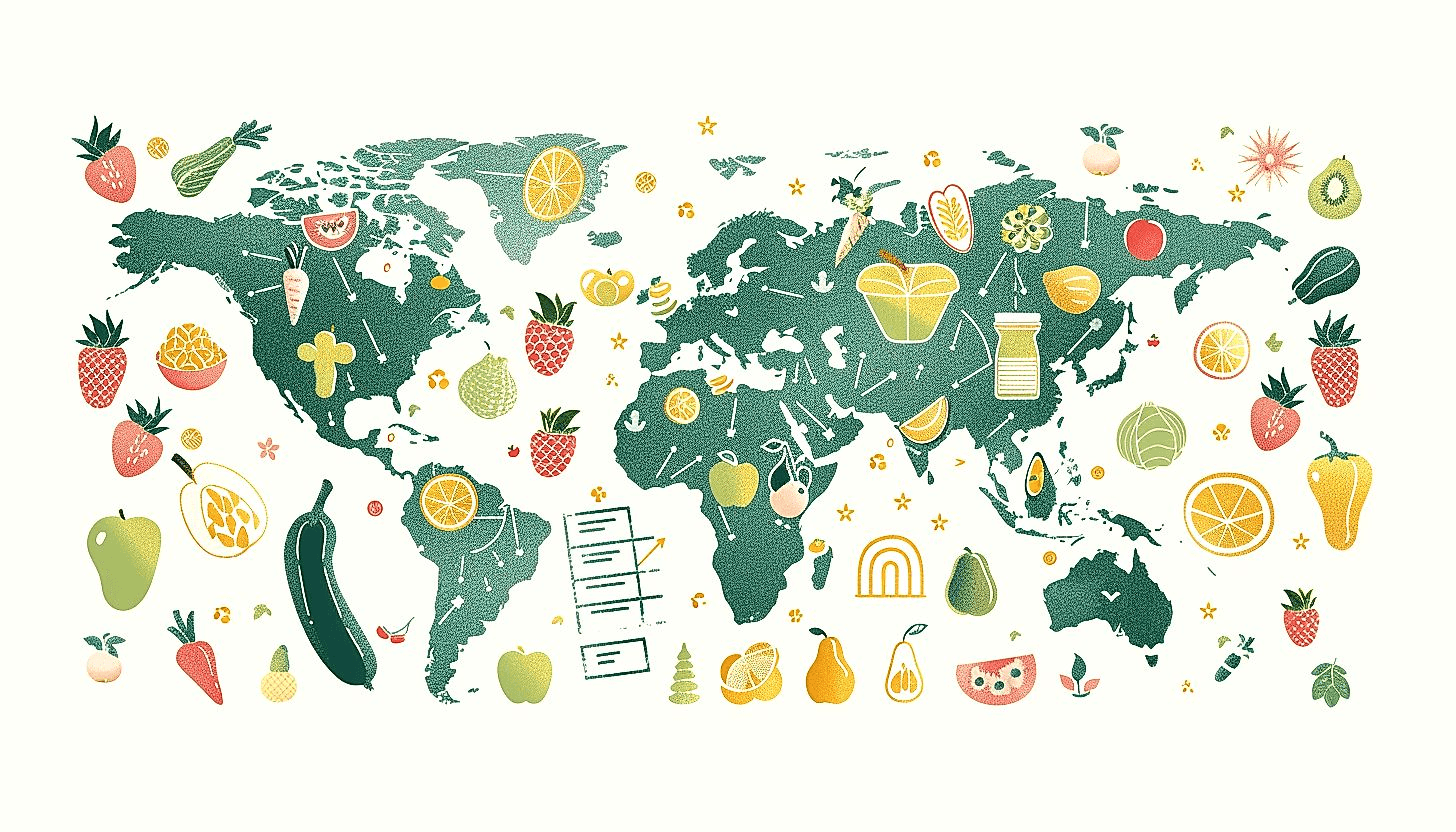
This involves evaluating the hazards that could affect food safety, specifying what preventive steps, or controls, will be put in place to significantly minimize or prevent the hazards.
They have to also specify how they will monitor these controls to ensure they are working, provide for a record keeping system, and specify what actions the facility will take to correct problems that arise.
Prior to FSMA, food safety management in the U.S. was largely a reactive system, which oftentimes resulted in outbreak of significant illnesses before actions were taken.
Now, it’s changed into a system that focuses on prevention of foodborne illnesses from the beginning of the food production process.
Let’s take a closer look at the key components of the FSMA:
- Preventive Controls: For the first time, food manufacturers are required to have food safety plans that include an analysis of hazards and risk-based preventive controls to minimize or prevent these hazards.
- Inspection and Compliance: The FSMA provides FDA with new enforcement authorities designed to achieve higher rates of compliance with prevention and risk-based food safety standards and to better respond to and contain problems when they occur.
- Imported Food Safety: Importers are required to verify that the product they bring into the U.S meets the same safety standards as domestically produced food.
- Response: The FSMA provides FDA with much improved capacity to detect and respond to problems when they occur, anywhere in the food supply.
Each facility under FSMA is required to maintain a written food safety plan, conduct a hazard analysis, and institute preventive controls for the mitigation of those hazards.
Furthermore, facilities must also monitor their controls, verify they’re effective, take corrective actions when necessary and maintain records in accordance with the regulations.
FSMA has established greater accountability not just for domestic producers but also for international producers of food for American consumers, making it a significant development in the food industry.
It’s crucial to understand the ins and outs of the FSMA and its regulations to ensure compliance and increase the safety and integrity of food meant for the U.S. market.
This is just a brief dive-into the expansive coverage of the FSMA, which has largely impacted the food industry in the U.S. and revolutionized food safety regulations both nationally and internationally.
3. Canada’s Safe Food for Canadians Act
In Short: The Safe Food for Canadians Act, introduced in 2012, consolidates and enhances food safety laws in Canada with new rules and harsher penalties for non-compliance. This authorities-granted act enables the Canadian Food Inspection Agency to better oversee and enforce safety standards, requiring businesses to establish preventative control plans and improve traceability of food products, ultimately ensuring safer, quality food for Canadians.
Introduced by the Canadian government in 2012, the Safe Food for Canadians Act (SFCA) aims to modernize the country’s food safety laws by introducing new sets of rules and regulations.
The SFCA consolidates and improves upon four existing pieces of food legislation, with the primary goal of preventing food safety risks.
This act introduces stricter penalties for food safety offences, including significant fines and potential imprisonment for severe violations.
The SFCA provides the Canadian Food Inspection Agency (CFIA) with enhanced legislative powers to oversee and enforce food safety standards across the country.
The agency has the authority to license food businesses, prohibit unsafe food commodities, and recall any food item that poses a bodily harm threat to consumers.
This encompasses all sectors of the food industry, including the manufacturing, import, export, and conveyance of any foods that fail to meet the prescribed standards of safety and nutrition.
Moreover, it gives the CFIA the power to monitor and control potential sources of contamination that may pose a risk to the overall food supply.
The key components of the SFCA are organized into three broad categories, as outlined in the following list:
- Increased control over food imports to reduce potential risks posed by food items coming in from other countries.
- Strengthened food traceability practices that enable swift action in the event of a foodborne illness outbreak.
- Harsher penalties for non-compliant businesses, including hefty fines and potential imprisonment.
An important aspect of the SFCA is its provision that businesses must have safety preventative control plans in place.
These plans are designed to identify potential risks and hazards, establish control measures, and create a process for monitoring and verification.
Further, it talks about the importance of traceability—being able to track the movement of a food product.
This means whether it’s backwards through its production and supply chain, or forwards to the consumer, ultimately helping to manage food safety recalls more effectively.
The SFCA has significantly improved the safety and quality of food products in Canada.
Complementing the global trend towards regulations geared towards prevention, the SFCA focuses on proactive measures rather than merely responding to food safety incidents.
The bottom line is that, the SFCA promotes a unified approach and comprehensive food control system that ensures that food in Canada is safe to eat, the standards are met, and potential outbreaks are minimized.
4. Australia New Zealand Food Standards Code
In Short: The Australia New Zealand Food Standards Code (ANZFSC) is a key regulatory mechanism ensuring food safety and integrity in Australia and New Zealand, overseen by Food Standards Australia New Zealand (FSANZ). It seeks to minimize food-borne diseases through hygiene measures, control of chemical contaminants, and allergy risk management, implementing rigorous food production, labeling, additive usage, and maximum residue limits guidelines.
The Australia New Zealand Food Standards Code (ANZFSC) plays a central role in maintaining the safety and integrity of the food supply in Australia and New Zealand.
Regulated by Food Standards Australia New Zealand (FSANZ), this code enforces stringent safety measures via scientifically based, risk-proportionate standards.
It covers a wide spectrum of areas, from food additives and labeling, to microbiological limits and food handling practices.

One of its key directives is to protect the health of consumers by reducing food-borne diseases.
This goal is achieved through various strategies, such as ensuring hygiene measures are followed, limiting chemical contaminants, and managing food allergy risks.
In line with the goals of the ANZFSC, I’d like to highlight some key aspects of this regulation.
- Food Production: The code specifies the safety practices involved in the production, handling and storage of food. This ensures that food produced is free from contamination and safe for consumption.
- Labelling: Accurate and informative food labeling is a key part of consumer protection. The ANZFSC has extensive rules regarding labeling to provide consumers with necessary information about the product, including its nutritional value and allergens.
- Food Additives: The use of food additives is strictly regulated, allowing only approved additives at specific levels. Each additive must undergo rigorous testing to determine its safety.
- Maximum Residue Limits: The ANZFSC outlines ‘maximum residue limits’ (MRLs) for agricultural and veterinary chemicals in food. This is a critical measure to control potential chemical contamination of food produce.
The ANZFSC is readily available for everyone, ensuring transparency and promoting trust among consumers.
The provisions of the code are regularly reviewed and updated to address emerging food safety issues and technological advancements. This makes the ANZFSC a robust and adaptable regulatory framework.
While primarily concerned with food safety, the code also aims to support fair trade practices within the food industry. This ensures that businesses are not adversely affected by unreasonable and restrictive safety regulations.
Overall, the Australia New Zealand Food Standards Code is an exemplary piece of regulation, reflecting the advanced and proactive thinking of the two nations in ensuring food safety. Matching its detailed and well-conceived provisions with robust enforcement measures should be a global priority in the push for a safer and more reliable food supply chain.
5. China’s Food Safety Law (FSL)
In Short: China’s Food Safety Law, enacted in 2009, is the country’s strictest and most comprehensive law concerning food safety, covering areas from food production to consumption, with rigorous regulations on food additives. It sets a strict system for food producers, introduces measures for recalling inferior foods and enforces severe consequences for officials violating food safety, aiming to establish a regulated and secure food safety system.
Importantly and primarily, it is crucial to understand that China’s Food Safety Law (FSL), enacted in 2009, stands as the most comprehensive and stringent law in the country’s history related to food safety.
This law was an important turning point in China’s ongoing journey to ensure the health and wellbeing of its large population.
The law encompasses a wide range of areas, including food production, processing, delivery, and consumption, with its primary aim being the prevention and control of food safety risks.
It covers multiple aspects which I am going to elaborate on the next sentences, but first, let’s consider some of the key provisions of the Food Safety Law in China in the form of a list.
- Strict registration system for food producers and traders
- Stricter standards and supervision on food additives
- More detailed and effective measures for recalling substandard foods
- Punishment for officials responsible for food safety
The FSL takes significant steps toward securing food safety, such as establishing a strict registration system for food producers and traders, which helps monitor and regulate food safety risks from the source.
Moreover, the law sets much stricter standards and supervision on food additives.
It is a response to the growing concern towards the overuse and misuse of food additives within the nation, aiming to eliminate potential dangers right at its root.
Furthermore, the act introduced more detailed and effective measures for recalling substandard foods.
This provision seeks to quickly and efficiently take off shelves food products that threaten consumer’s health, thus, minimizing potential safety risks.
One of the standout sections of this law is the punishment for officials responsible for food safety.
Under the new law, officials who fail to perform their duty, engage in malpractices for personal gains, or abuse their power, will face severe consequences.
This section of the law ensures accountability and responsibility within organizations, detering potential violations of the law.
Pro Tip: China’s Food Safety Law (FSL), enacted in 2009, is the most comprehensive and stringent law in the country’s history, covering all aspects of food production and consumption, to ensure the health and wellbeing of the population, while enforcing strict consequences for violations.
Let me tell you, in a nutshell, the Food Safety Law in China seeks to establish a responsible, regulated, and secure food safety system, reflecting the government’s ongoing efforts and dedication towards the safety and wellbeing of its citizens.
As we move forward, it is interesting to see how this law will emerge and how it will continue to influence and shape China’s food safety landscape.
6. Japan’s Food Sanitation Act
In Short: Japan’s Food Sanitation Act, established in 1947, mandates rigorous sanitation standards across the entire food supply chain and ensures food safety. The Act is administered by the Ministry of Health, Labour and Welfare and is continually updated to improve public health protection and food management.
Japan’s Food Sanitation Act, established in 1947, set forth the sanitation standards for the entire food supply chain in Japan.
The objective of this Act is to ensure both food and food-related products are safe for consumption.
It has become instrumental to enhancing food safety standards, reducing health risks, and safeguarding the wellbeing of the Japanese consumer.
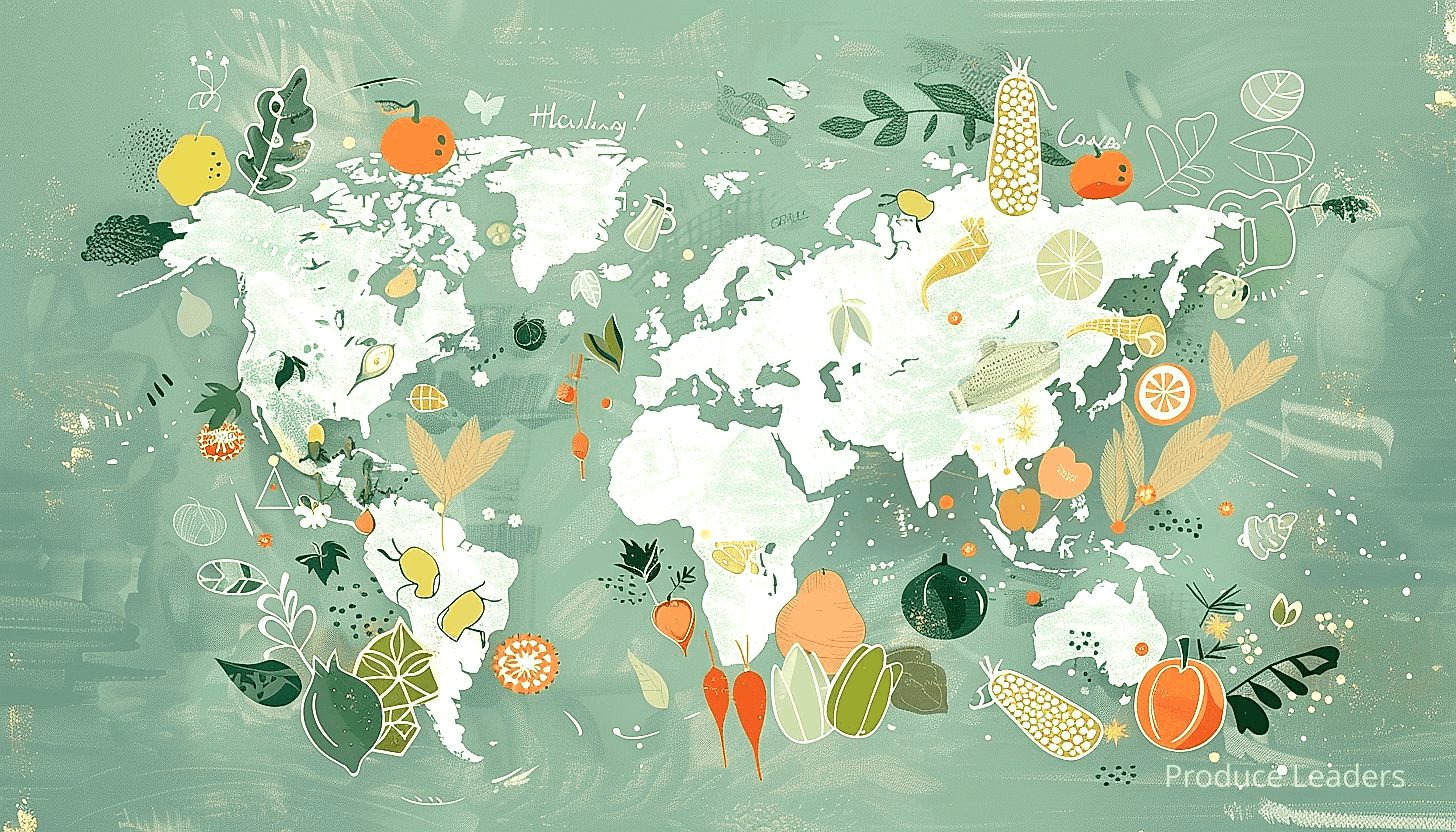
It is important to note how the Act closely regulates every process related to food products, from production, processing, marketing, to consumption.
Many frameworks have been implemented under the Act that contains explicit rules producers must adhere to.
One such example is the standards for food additives, established to guarantee that substances added to augment food’s properties are safe for human ingestion.
The Act also extensively inspects imported foods, mandating a certificate of inspection from the exporting country.
In addition to this, the Act mandates strict policies on food labelling.
False labelling to mislead consumers can result in harsh penalties and legal consequences for the perpetrator.
For a clear understanding, let us list some of the key aspects highlighted in Japan’s Food Sanitation Act:
- Establishment of sanitation standards for food and food-related products.
- Regulation of the entire food supply chain, from production to consumption.
- Implementation of safety standards for food additives.
- Inspection and approval of imported foods and requirement for a certificate of inspection.
- Mandate for true and clear food labelling.
The Food Sanitation Act is administered by Japan’s Ministry of Health, Labour and Welfare.
Recognizing the need for improvement in an ever-changing world, the Japanese government has been proactive in making necessary amendments to the Act.
In 2018, significant amendments were made focusing on a more risk-based approach to food management, and the introduction of third-party certification for export firms.
The proposed amendments also focus on increasing penalties for cases of food poisoning and mislabelling.
This displays the commitment of the Japanese government to consistently improve food safety measures and ensure a high level of public health protection.
An understanding of Japan’s Food Sanitation Act could lend invaluable insights to Global producers aiming to penetrate the Japanese market or ensure compliance in their current market operations.
7. Russian Federation Technical Regulation on Food Safety
In Short: The Russian Federation Technical Regulation on Food Safety is a comprehensive legal structure implemented in 2008 to safeguard the health of Russian citizens from potential risks linked to unsafe or substandard food. The regulation covers a wide range of food-related aspects; hygiene, handling, storage, food labeling, nutritional safety, limits on chemical residues, use of GMOs, and stringent quality checks on both domestic and imported food products.
The Russian Federation Technical Regulation on Food Safety is an essential part of the country’s system to ensure the safety and quality of food products.
Introduced in 2008, this comprehensive legal framework is aimed at protecting the life and health of Russian citizens from potential risks associated with the consumption of unsafe or substandard food.
It covers an extensive range of issues, starting from the raw materials used in food production to the end-product reaching the consumer.
Key areas of the regulation include hygiene, handling, storage, and transportation practices to limit contamination risks.
The regulations are not only concerned with biological and chemical hazards in food, but also nutritional, information, and even economic risks, aiming to guard against deceptive practices and false information.
Now, let us dive a little deeper into some of the main provisions of these regulations, highlighting areas of particular emphasis:
- Food Labeling: Every food product must be accurately labeled, providing consumers with truthful information about the product’s ingredients, nutritional value, and shelf life.
- Nutritional Safety: The regulations set specific guidelines on issues such as nutritional content and food fortification to ensure dietary health.
- Pesticides and Veterinary Drugs: Strict limits are set on residues of pesticides, veterinary drugs, and other chemicals in food.
- Genetically Modified Organisms (GMOs): The use of GMOs in food production is allowed only if they have undergone a risk assessment and been proven safe for human health.
The regulations also mandate frequent and rigorous food safety control checks throughout the food supply chain, from production to sale.
In the case of violations, stringent penalties are applied, including fines and potential confiscation of food products.
Also, it’s worth noting that the regulations do not just apply to domestic products, but to imported food as well.
The imported food products must adhere to the Russian safety standards and may be subject to stringent quality checks upon entry into the country.
Ensuring food safety is a significant task that requires the concerted effort of various parties, such as food producers, processors, retailers, and regulatory agencies.
In Russia, the Federal Service for Veterinary and Phytosanitary Surveillance (Rosselkhoznadzor) is the main authority responsible for ensuring that food and agricultural products, whether imported or domestically produced, comply with the country’s food safety standards outlined in these technical regulations.
It is clear that the Russian Federation takes food safety very seriously, utilizing these technical regulations to protect the health and safety of its citizens while ensuring integrity within its food system.
8. EU Pesticides in Food Regulation
In Short: The European Union’s Pesticides in Food Regulation sets stringent Maximum Residue Levels (MRLs) for pesticides in food, aiming to protect consumers from health risks. The regulation applies globally, with MRLs regularly reviewed and updated based on scientific data, and a zero tolerance policy for unauthorized use.
In an effort to safeguard its citizens from hazardous substances in their food, the European Union (EU) established the Pesticides in Food Regulation.
This legislation, in essence, sets strict Maximum Residue Levels (MRLs) for all pesticides used in or on foods.
The objective of these MRLs is to ensure that the food consumed is safe and that the consumers are protected from potential health risks associated with exposure to pesticide residues.
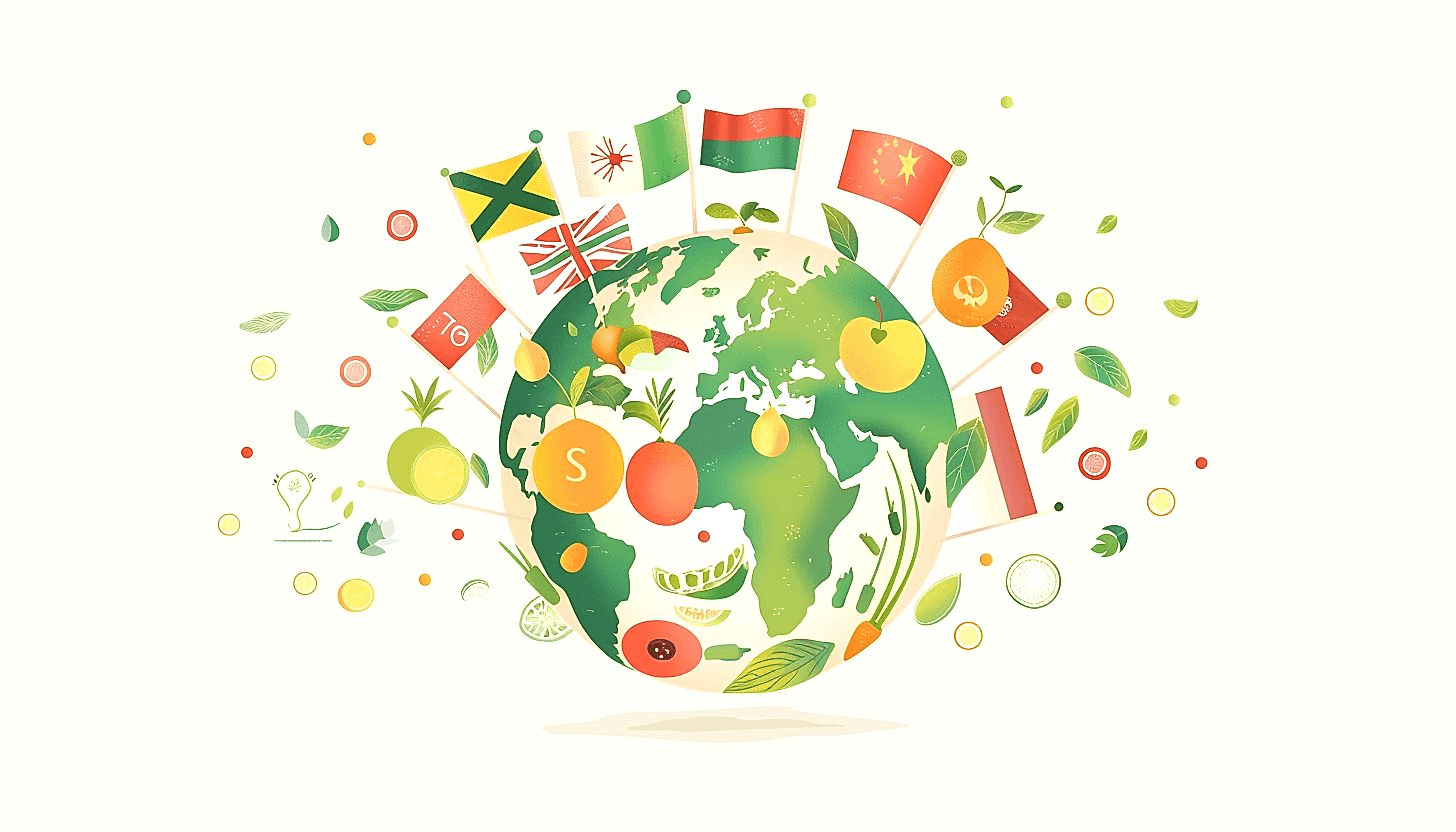
It’s worth noting that the EU Pesticides in Food Regulation applies not only to foods produced within the EU, but also to imported foods.
This wide range of application proves the EU’s commitment towards guaranteeing food safety globally, impacting international food trade dynamics significantly.
Now, let’s highlight some crucial aspects that distinctively influence the implementation of this EU regulation:
- Scientifically sound decision-making: The setting of MRLs must be based on rigorous scientific data and risk assessment, ensuring all decisions made are of reputable validity.
- Regular review of MRLs: These limits are not set in stone – they are regularly reviewed and updated based on new scientific information or changes in pesticide usage practices.
- Zero tolerance policy: If a certain pesticide is not specifically authorized for use on a particular food crop, the residue level for that pesticide in the particular food is set at the limit of quantification (LOQ).
Moreover, in case of non-compliance with the established MRLs, the EU’s Rapid Alert System for Food and Feed (RASFF) comes into play.
This tool provides a swift exchange of information between EU countries when risks to public health are identified in the food chain, thus facilitating immediate reaction when safety measures need to be implemented.
Indeed, the kind of strategic collaboration facilitated by the RASFF perfectly exemplifies EU’s integrated approach in maintaining multi-lateral food safety standards.
All in all, the EU Pesticides in Food Regulation is a comprehensive legislation aimed at protecting public health by controlling and monitoring pesticide residues in food.
The legislation is strict yet flexible, capable of adjusting to new developments in agricultural practices or scientific understanding.
At the same time, it also promotes a level playing field for food producers, both within and outside the European Union, fostering international trade of safe food products.
Most importantly, this regulation emanates the EU’s deep-rooted care for its citizens’ health, catalysing an inclination towards a healthier and safer food consumption culture.
Considering the global nature of food supply chains, understanding and adhering to this regulation becomes imperative for stakeholders worldwide, genuinely highlighting the global significance of the EU Pesticides in Food Regulation.
9. South Africa Foodstuffs, Cosmetics and Disinfectants Act
In Short: South Africa’s Foodstuffs, Cosmetics and Disinfectants Act regulates the manufacture, sale, and distribution of food, cosmetics, and disinfectants, banning unsafe or misbranded products to safeguard public health. The legislation enables risk-based inspections, strict penalties for non-compliance, and encourages cooperation among government entities, ensuring consumer safety and access to accurate product information.
In a serious commitment towards maintaining public health and safety, South Africa has enforced the Foodstuffs, Cosmetics and Disinfectants Act.
This comprehensive law caters not only to the regulation of food but also includes regulations for cosmetics and disinfectants.
The South African law has deliberately taken a holistic approach towards safeguarding the wellbeing of its citizens.
The pivotal focus of the Act hinges on prohibiting the manufacture, sale, and distribution of unsafe, or misbranded food items, cosmetics, and disinfectants.
Any products that do not abide by the established safety standards and regulations are unceremoniously barred from the market.
Key aspects of this Act effectively monitor and control the quality of products, ensuring public welfare.
This includes measures against misbranding or false advertising, enhancing transparency and reducing the risk of potential public health hazards.
This legislation aids immensely in maintaining the integrity of the South African market, deterring any unauthorized or harmful products from reaching the consumers.
Before we dig in into the essential components of this Act, let’s briefly list the principal areas it covers.
- Food control and endorses quality assurance.
- Regulation of cosmetics and disinfectants.
- Prohibition of manufacturing, sale, and distribution of unsafe products.
- Penalties for non-compliance with set regulations.
South Africa’s Foodstuffs, Cosmetics and Disinfectants Act imparts stringent penalties for any established breaches of the provided regulations.
The legislation also emphasizes on carrying out risk-based inspections consistently, underlining the importance of continuous surveillance for quality control.
The Act thus empowers the necessary authorities to take appropriate and swift action against any entities involved in illegal and potentially harmful practices.
Moreover, the South African legislation also encourages co-operation and coordination between national, provincial, and local government bodies in the execution of the Act.
This collaboration ensures that the Act is enforced uniformly across all regions, aiding in maintaining an overall standard of safety and quality.
Another commendable feature of the Act is ensuring not just the physical health of the consumers but their rights to accurate information about the products they use.
Overall, South Africa’s Foodstuffs, Cosmetics and Disinfectants Act is an exemplary model of consumer protection and safety enforcement.
10. India’s Food Safety and Standards Act
In Short: India’s Food Safety and Standards Act enacted in 2006 prioritizes human health and consumer protection, placing the main responsibility for food safety with the Food Safety and Standards Authority of India (FSSAI). The Act, calling for a scientific approach to food safety, covers the entire food chain from farming to sale and encourages self-regulation in the food industry, with the FSSAI ensuring compliance.
India’s Food Safety and Standards Act (FSSA), enacted in 2006, signifies a significant shift in the country’s approach to food safety regulation.
The intent of the Act is to consolidate existing food laws into a single legislation while ensuring a high level of protection of human health and consumer interest.
Under the FSSA, responsibility for food safety is primarily placed on the Food Safety and Standards Authority of India (FSSAI).
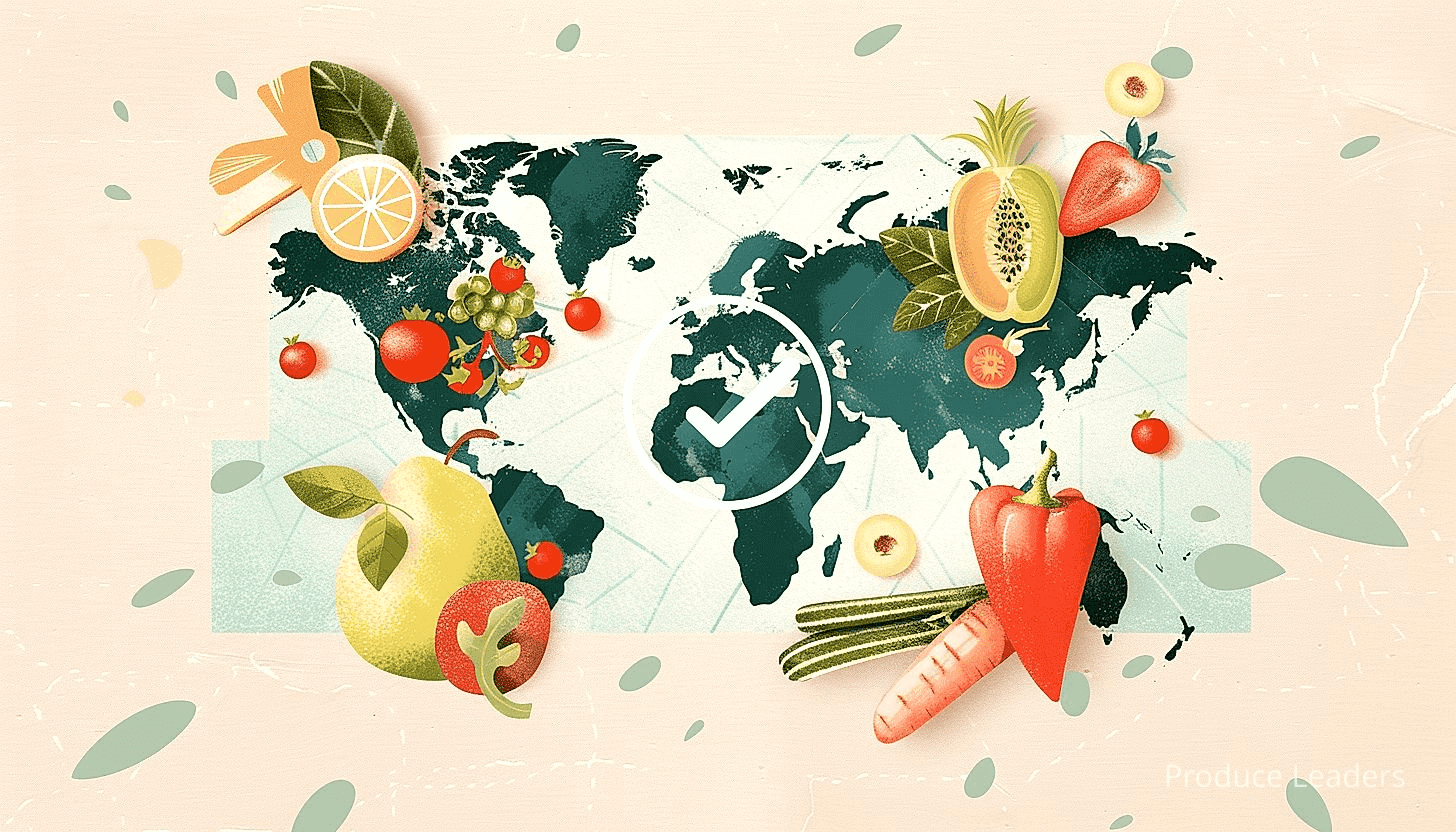
The FSSAI has a mandate to regulate and supervise food safety for the protection of public health, in line with international standards.
The FSSA calls for a science-based approach to food safety, emphasizing risk analysis and strict control throughout the entire food chain.
Ensuring safety from the farm to the table, it covers a variety of topics including agricultural practices, manufacturing processes, packaging, labeling, distribution, and sale.
Let’s look at some key features of India’s Food Safety and Standards Act:
- Universal standards: It establishes a single reference point for all matters relating to food safety and standards.
- Consumer protection: It emphasizes a strong commitment to protect the health of consumers.
- Stringent penalties: It provides for stringent penalties for offences related to food.
- Special courts: It proposes special courts and prosecution procedures for speedy trial of offences.
The Act also encourages the food industry to adopt self-regulation, with FSSAI setting the standards and ensuring compliance.
Further, the Act places significant emphasis on the role of third-party certification and auditing to ensure food businesses comply with the law.
It also underscores the key role of consumers, insisting on consumer education about the risks associated with different types of food and making informed choices.
India’s Food Safety and Standards Act is critically important for any global company with business in India or planning to enter the Indian market.
Paying careful attention to the FSSA regulations can not only avoid penalties but also enhance a company’s reputation and consumer trust in its products.
Pro Tip: India’s Food Safety and Standards Act (FSSA), enacted in 2006, consolidates existing food laws into one legislation with an emphasis on safeguarding human health and consumer interests, mandates the Food Safety and Standards Authority of India (FSSAI) as the primary authority for food safety, and promotes a science-based approach to food safety including risk analysis and control throughout the food chain.
India’s approach could also serve as significant learning for international policymakers, highlighting the importance of strong regulators and the increasingly central role of a science-based approach to food safety.
Understanding and complying with worldwide produce safety regulations, such as India’s FSSA, is more important than ever for global food businesses.
The Bottom Line
Understanding global produce safety regulations is integral to ensuring the safe and hygienic production, transport, and consumption of fruits, vegetables, and other plant produce on an international scale.
It offers a clear framework for businesses and players in the food value chain to guard against potential health risks.
Keeping up-to-date with these requirements helps producers, manufacturers, and retailers maintain their credibility, enhance their marketability, and achieve competitive advantage in the global food market.
In the end, these regulations serve as the benchmarks for the implementation of best practices in agriculture and food production, with the aim of promoting food safety, public health, and sustainable growth in the food industry.



